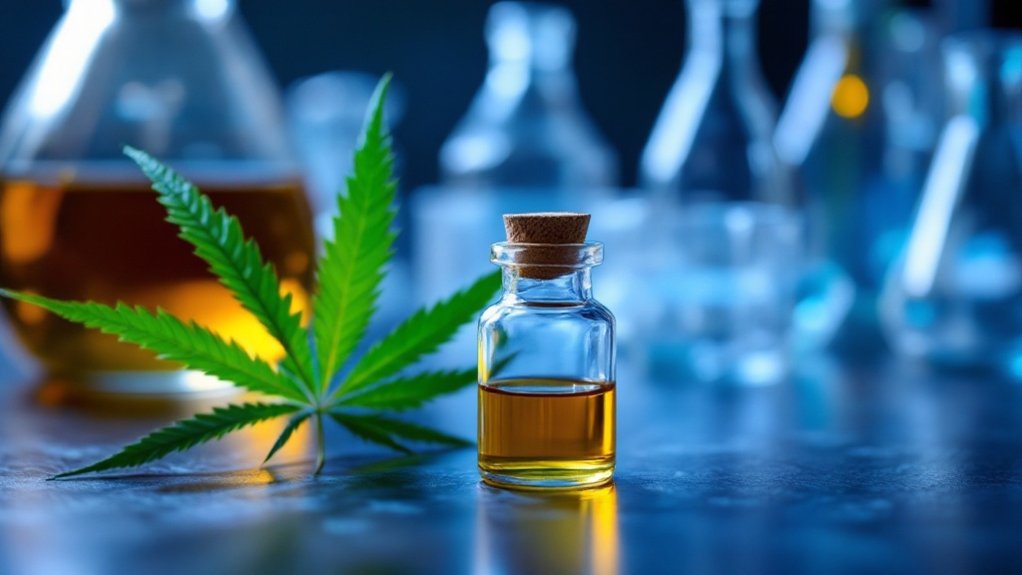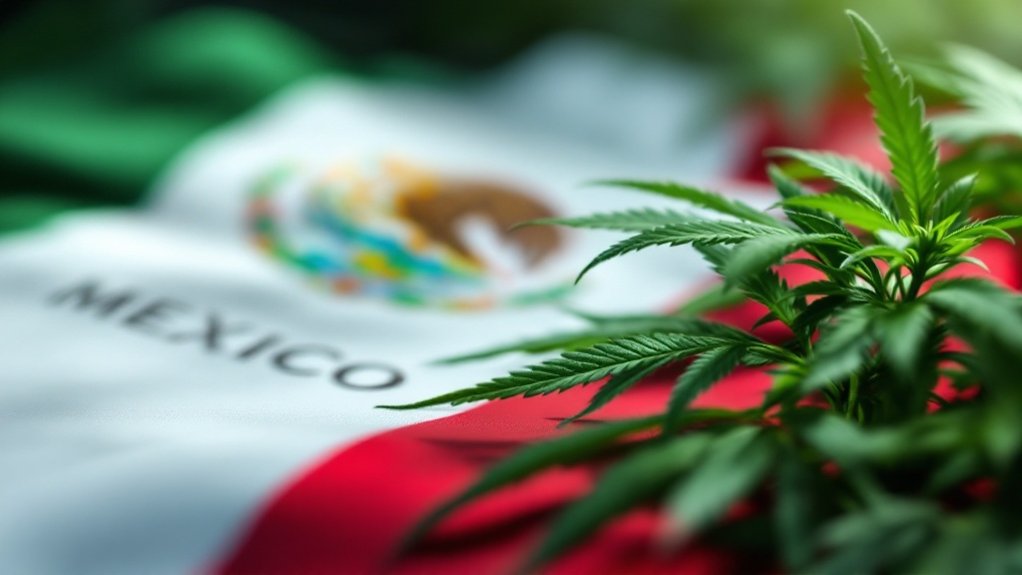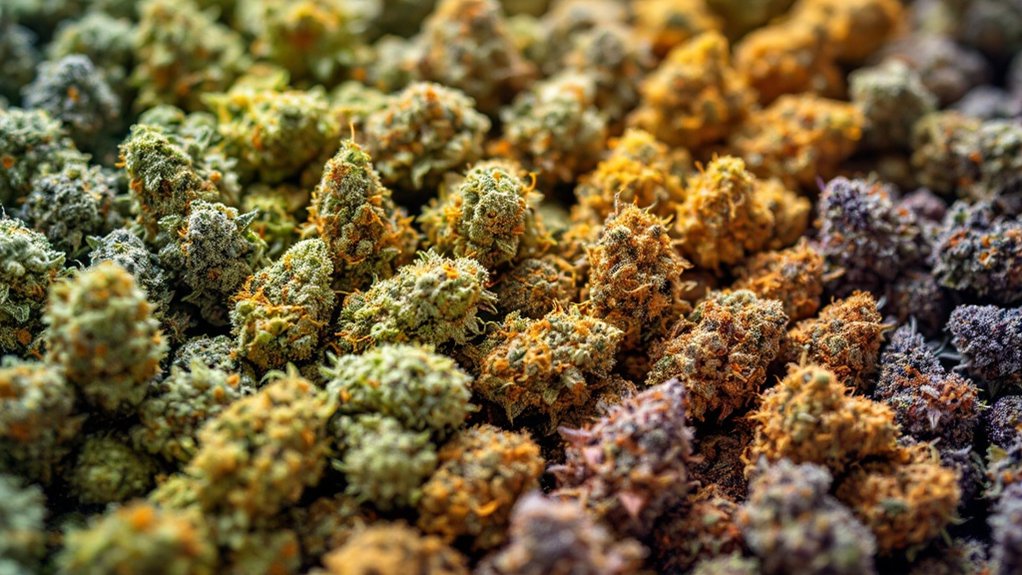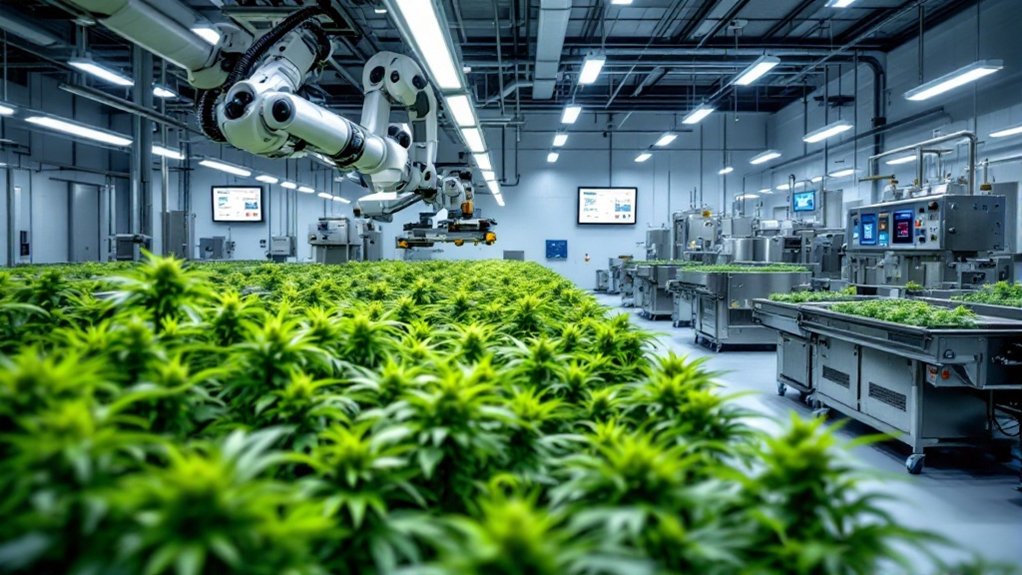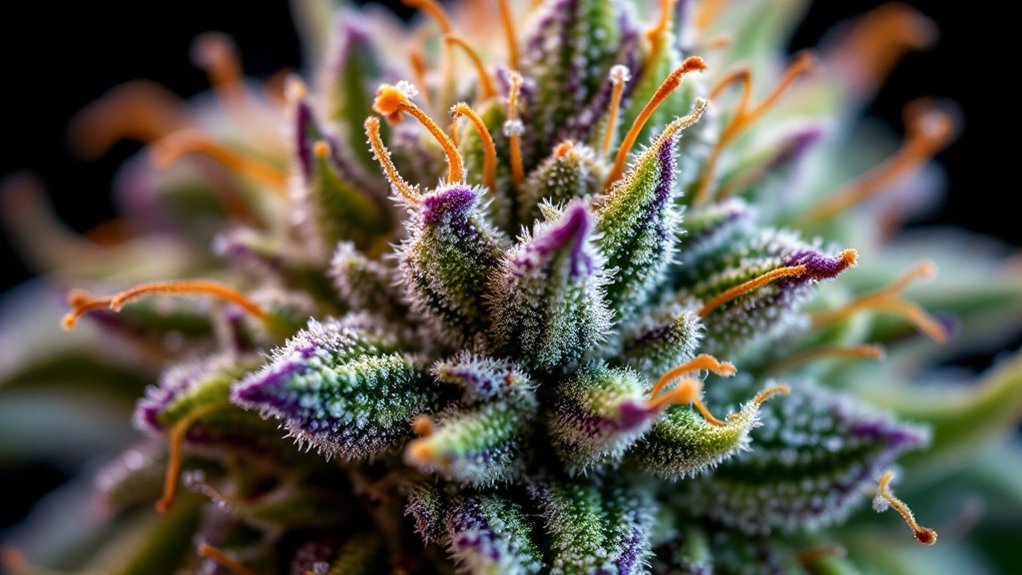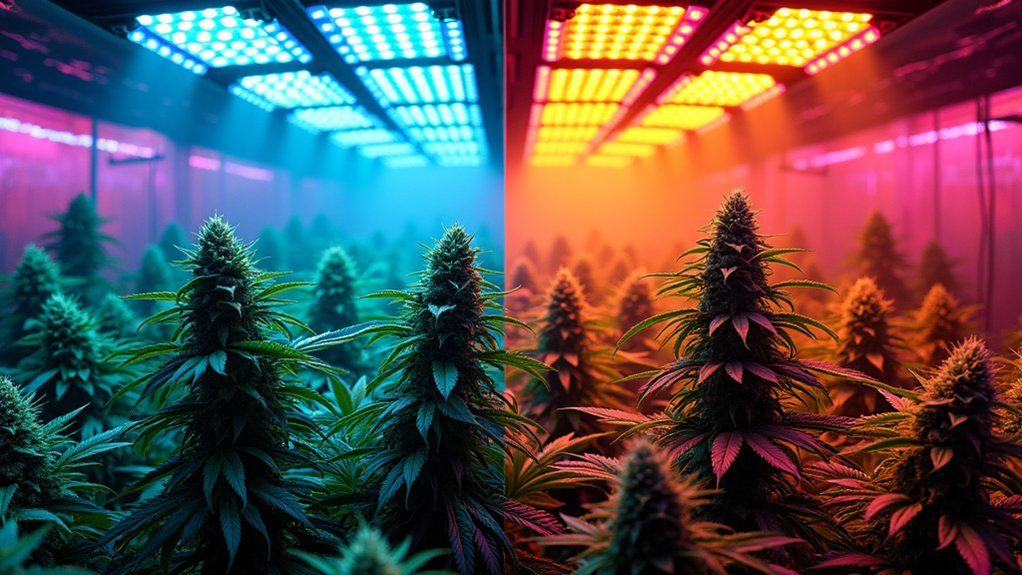THC-O is a synthetic cannabinoid created through acetylation of hemp-derived THC. More potent than regular THC, this prodrug activates only after entering the body, delivering delayed but intensified effects. Its legality remains murky – technically legal if hemp-derived, yet potentially dangerous when vaped due to hazardous ketene gas production. Manufacturing involves flammable chemicals like acetic anhydride. Not your grandpa’s weed, that’s for sure. The full story gets even more complicated.
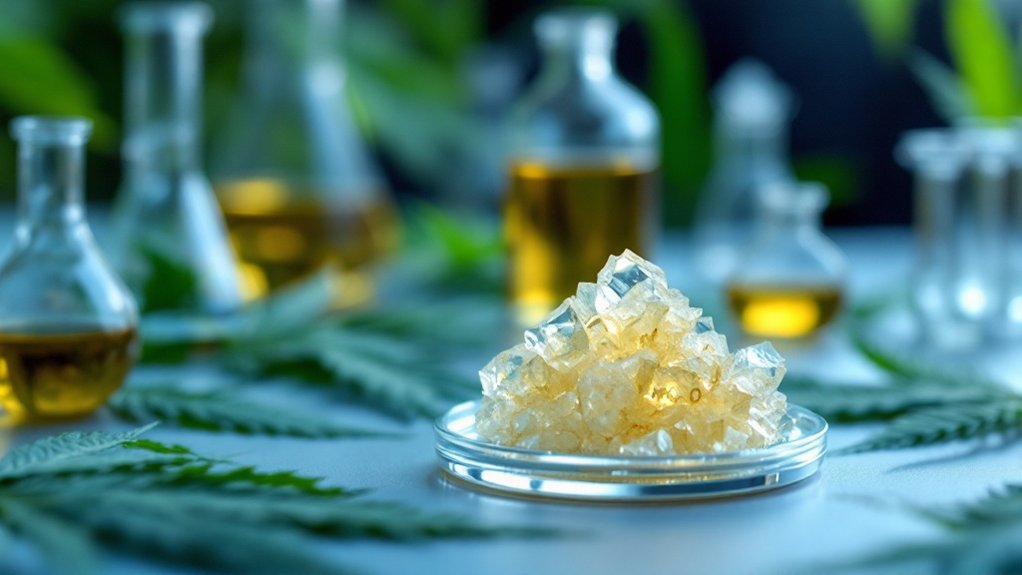
While cannabis enthusiasts continue to explore new frontiers in the world of cannabinoids, THC-O has emerged as a synthetic compound that’s raising eyebrows across the industry. Chemically known as THC-O-acetate, this substance is the acetate ester of THC, with the formula C23H32O3—slightly different from the C21H30O2 shared by CBD and THC.
THC-O can be derived from either Δ9-THC or Δ8-THC, creating respective variants that differ in the location of their double bonds. The creation process? Good old chemistry. Scientists use acetylation, replacing a hydrogen atom with an acetyl group. Sounds simple enough, but it involves flammable compounds like acetic anhydride. Not exactly kitchen chemistry.
Creating THC-O? Just basic acetylation chemistry with a side of don’t-try-this-at-home flammable compounds.
The compound is believed to function as a prodrug, meaning it activates after metabolism in the body. This delayed activation contributes to its reported higher potency compared to regular THC. Users describe effects that take longer to kick in but pack a more significant punch. The body processes it differently than natural cannabinoids—same endocannabinoid system, different party.
Legally, THC-O exists in a confusing twilight zone. As of October 2024, a Fourth Circuit ruling determined that THC-O isn’t illegal synthetic THC if it’s derived from hemp and stays within legal delta-9 THC limits. The court emphasized that the source of the product, rather than the method of production, determines its legality under federal law. But interpretation varies wildly across jurisdictions. One state’s legal substance is another’s controlled substance. The regulatory landscape is shifting faster than a college student’s excuses.
Safety concerns hover around THC-O like smoke in a small room. Limited clinical research exists on long-term effects, and the synthesis process involves chemicals you wouldn’t want anywhere near your kitchen. Recent studies have shown that vaping THC-O-acetate can produce hazardous ketene gas when heated, similar to the harmful effects observed with Vitamin E acetate.
Synthetic cannabinoids often come with risks that differ from their natural cousins. The future of THC-O remains hazy. As research progresses and regulations evolve, this acetylated cannabinoid might become better understood—or more strictly controlled. Only time will tell.
Frequently Asked Questions
How Does THC-O’s Potency Compare to Traditional THC?
THC-O packs a serious punch compared to regular THC.
Studies show it’s three to four times more potent than traditional delta-9 THC. No joke.
This synthetic cannabinoid’s enhanced strength comes from its acetate group addition, which fundamentally changes how it interacts with the body’s endocannabinoid system.
Users should take note: this stuff hits harder and lasts longer.
The slower onset time can be deceptive.
Is THC-O Legal in States Where Cannabis Is Prohibited?
THC-O’s legality in cannabis-prohibited states remains murky at best.
Despite federal court rulings deeming hemp-derived THC-O legal under the Farm Bill, many anti-cannabis states have moved swiftly to close this loophole.
They’re not having it. Various states have explicitly banned THC-O regardless of its hemp origin, citing its synthetic process and psychoactive effects.
Bottom line? The compound exists in a legal gray area that changes state by state.
Proceed at your own risk.
Can Drug Tests Detect THC-O in Your System?
Yes, standard drug tests absolutely detect THC-O.
Tests look for 11-hydroxy-THC, a metabolite produced by all THC variants—and THC-O is no exception.
Blood tests catch it for 36 hours, saliva for 48, urine for days or weeks, and hair for a whopping 90 days.
Legal or not, that positive result won’t differentiate between sources. Your fancy “legal high” won’t fool the lab technicians. They’ve seen it all.
What Are the Potential Long-Term Effects of THC-O Use?
Long-term effects of THC-O? Scientists honestly don’t know yet. Research is virtually non-existent.
Potential risks include dependence, tolerance buildup requiring higher doses, and possible cannabis use disorder.
Psychologically? Users might face anxiety, paranoia, or worsened mental health conditions.
The kicker: unregulated production means who knows what’s actually in these products. Contaminants. Chemical byproducts. Unknown interactions with medications.
The truth is still hazy—and not in a good way.
How Is THC-O Manufactured Compared to Other Cannabis Derivatives?
Unlike natural cannabinoids, THC-O requires serious lab work.
It’s manufactured through a multi-step chemical process starting with CBD, which gets converted to Delta-9-THC using glacial acetic acid. After 72 hours, it transforms to Delta-8-THC.
The final step? Acetylation with acetic anhydride at 120-135°C. Pretty technical stuff.
The whole operation involves acetylation, distillation, liquid-liquid extraction, and solvent recovery. Not exactly backyard chemistry, folks.
